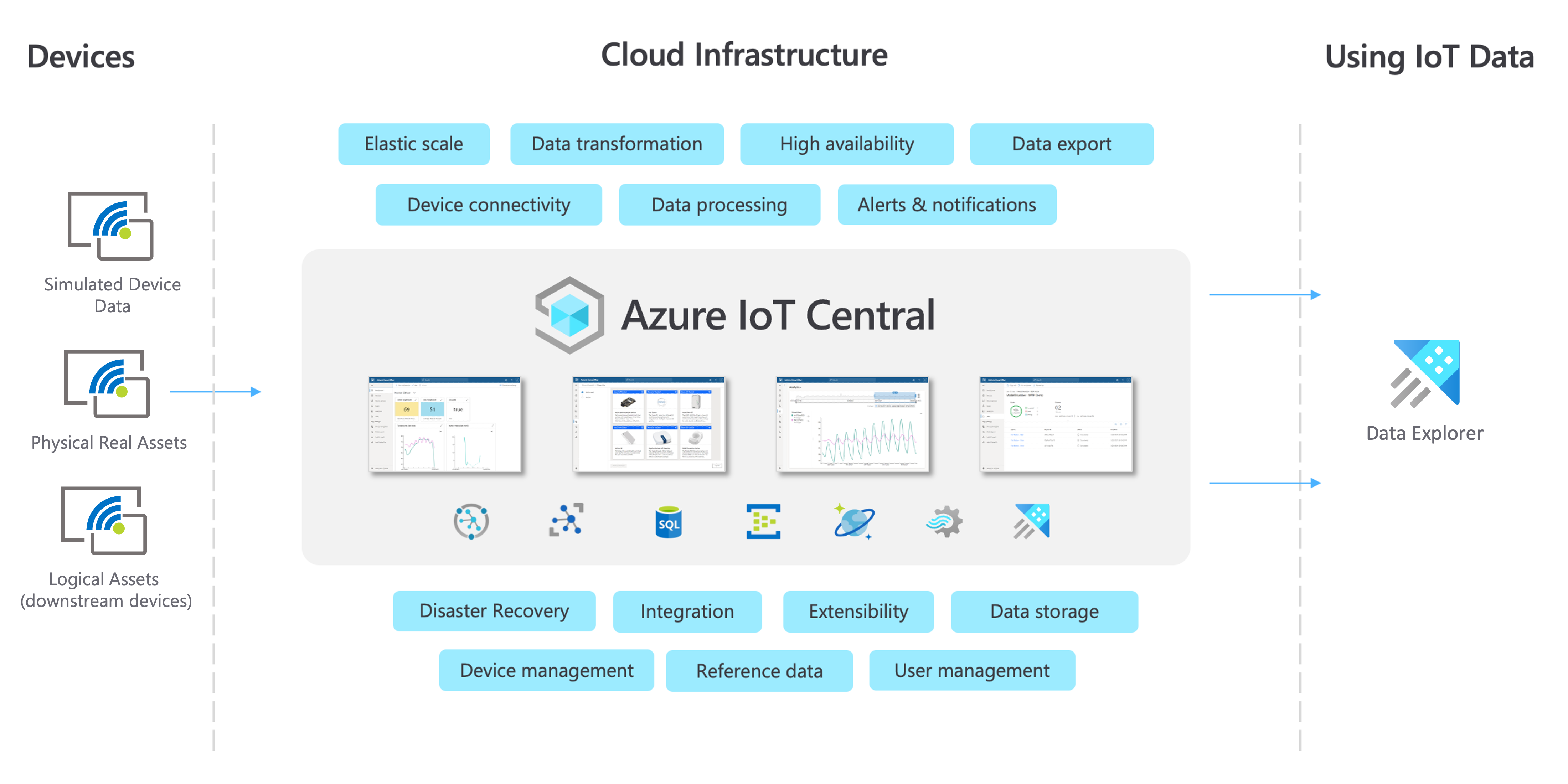IoT Security: Connect Remote Devices With P2P SSH On Ubuntu!
Are you leaving your IoT devices vulnerable to attack? Securing remote IoT devices via P2P SSH on Ubuntu is no longer a luxury; it's an absolute necessity in today's digital landscape. This comprehensive guide provides actionable strategies, detailed instructions, and real-world applications to ensure your IoT infrastructure remains impenetrable.
The proliferation of IoT devices, weaving their way into everything from the mundane smart home appliance to the critical systems of industrial automation, has undeniably reshaped our world. Yet, this hyper-connectivity presents a double-edged sword. The very essence of the Internet of Things its interconnectedness also opens doors to potential vulnerabilities. Ensuring the security of these devices is not merely an option; it is an imperative. Enter SSH and Ubuntu, a formidable combination that offers a robust framework for establishing secure connections between your remote IoT devices. Prepare to embark on an in-depth exploration into the world of secure IoT networking, where we will dissect the challenges and arm you with the knowledge to overcome them.
| Category | Information |
|---|---|
| Topic | Securing Remote IoT Devices |
| Technology Focus | P2P SSH on Ubuntu |
| Key Benefit | Protection against cyber threats and unauthorized access |
| Target Audience | Tech enthusiasts, developers, IoT professionals |
| Reference Website | Ubuntu Security |
Consider the stakes. The escalating frequency and sophistication of cyber threats cast a long shadow over the IoT ecosystem. From insidious data breaches to outright unauthorized access, the risks are real and potentially devastating. Mastering the art of securely connecting remote IoT devices using P2P SSH on Ubuntu is not just about ticking a security box; it's about safeguarding your network and gaining a competitive edge in a world where security is paramount. It's time to dive in.
- Who Are The George Clooneys Children Family Life Privacy Revealed
- Breaking Timothee Chalamet Age How Old Is He Now Revealed
Let's start with the fundamentals. The Internet of Things (IoT) is the sprawling network of interconnected devices that communicate and exchange data over the internet. These devices, ranging from the simplest sensors to the most complex machinery, collaborate to create a smarter and more connected world. Think of it as a digital nervous system, extending its reach into every facet of our lives.
And what of SSH? Secure Shell (SSH) is a cornerstone of network security, a cryptographic protocol meticulously engineered to safeguard network services operating across unsecured networks. It serves as a digital fortress, protecting sensitive data from prying eyes and malicious actors. By leveraging SSH, you can forge encrypted connections between devices, ensuring that confidential information remains shielded from hackers and cybercriminals. In essence, it transforms vulnerable communication channels into impenetrable conduits.
In the context of IoT, SSH is nothing short of a revolution. It empowers you to remotely manage and monitor devices, streamlining maintenance and accelerating troubleshooting. With the right configuration, you can even deploy peer-to-peer (P2P) connections, reducing reliance on centralized servers and unlocking significant performance gains. It's about creating a more efficient, resilient, and secure network infrastructure.
- Decoding Liam Payne Blonde Hair Evolution Impact Fan Reactions
- Who Is Khabib Nurmagomedovs Spouse The Untold Privacy Story
Why, then, Ubuntu for IoT? Ubuntu stands as a beacon of stability and versatility in the world of Linux distributions, and with good reason. Its lightweight design, robust security features, and unparalleled customizability make it an ideal choice for IoT applications. Its vibrant and expansive community of developers ensures constant access to the latest tools and resources, empowering you to succeed in your IoT endeavors.
The advantages of choosing Ubuntu as your IoT operating system are manifold:
- Unwavering security protocols, shielding your devices from potential threats.
- An intuitive and user-friendly interface, simplifying management and deployment.
- Broad compatibility with a wide spectrum of hardware, ensuring seamless integration.
- Unrivaled community support, providing invaluable assistance and guidance.
With Ubuntu as your foundation, you can focus on building groundbreaking IoT applications without being bogged down by underlying infrastructure complexities. It's like having a trusted partner who handles the heavy lifting, freeing you to innovate and create.
Now, let's get practical. The first step in establishing secure connections between your remote IoT devices is setting up SSH on your Ubuntu system. Don't be intimidated; the process is straightforward. Follow these steps, and you'll be up and running in no time.
First, you'll need to install the SSH server on your Ubuntu machine. Open a terminal window and execute the following command:
sudo apt update && sudo apt install openssh-server
This command initiates the installation of the OpenSSH server, the most widely adopted SSH implementation. Once the installation concludes, you can verify that the service is active by typing:
sudo systemctl status ssh
If everything is in order, you should see a message indicating that the SSH service is active and running smoothly.
With SSH installed, the next step is to configure it to align with your specific security requirements. The primary configuration file for SSH is located at /etc/ssh/sshd_config. Open this file using your preferred text editor and carefully implement the following modifications:
- Change the default port (optional but highly recommended) to obscure your SSH service from automated attacks.
- Disable root login to prevent direct access to the system's administrative account.
- Enable public key authentication for enhanced security through cryptographic keys.
- Disable password authentication to eliminate the risk of password-based attacks.
These settings will significantly bolster the security of your SSH connection and minimize the likelihood of unauthorized access. Think of it as reinforcing the walls of your digital fortress.
With SSH successfully installed and configured on your Ubuntu system, it's time to turn your attention to securing your individual IoT devices. Here are some essential best practices to keep in mind:
Weak passwords are a hacker's delight. To safeguard your devices, employ strong, unique passwords that incorporate a diverse range of characters uppercase and lowercase letters, numbers, and special symbols. And remember to update your passwords regularly to stay one step ahead of potential threats. Consider using a password manager to generate and store complex passwords securely.
Two-factor authentication (2FA) introduces an additional layer of security to your SSH connections. By requiring a secondary form of verification, such as a one-time code delivered to your mobile device, you can dramatically reduce the risk of unauthorized access, even if a password is compromised. Implement 2FA whenever possible to provide an extra shield of protection.
Regularly scrutinizing your SSH logs can help you identify potential security incidents before they escalate into serious problems. Look for any unusual login attempts, repeated failed connection requests, or other suspicious activity. Implement automated log monitoring tools to proactively detect and respond to security threats.
Peer-to-peer (P2P) SSH connections can revolutionize your IoT network architecture. By removing the need for centralized servers, P2P connections reduce latency and improve overall performance. But how do you set them up effectively? Let's delve into the details.
Port forwarding allows devices on your local network to communicate with each other over the internet. To facilitate P2P SSH connections, you need to configure port forwarding on your router. Refer to your router's documentation for specific instructions, but the general process involves the following steps:
- Log in to your router's administrative interface using your credentials.
- Locate the port forwarding settings, typically found under advanced settings or security.
- Create a new rule for the port you want to forward, specifying the internal IP address of the device and the external port.
Once port forwarding is correctly configured, your devices will be able to communicate directly with each other, establishing secure P2P connections.
Dynamic DNS (DDNS) services are essential for maintaining stable connections between devices, particularly when their IP addresses are subject to change. By associating a fixed domain name with your devices, you ensure that they always know how to find each other, regardless of IP address fluctuations. Choose a reliable DDNS provider and configure your devices to automatically update their IP addresses with the DDNS service.
Let's illustrate these concepts with a practical example. Imagine you have two IoT devices, conveniently named Device A and Device B. Both devices are running Ubuntu and have SSH configured. Here's how you can establish a secure connection between them:
On Device A, generate a pair of SSH keys by executing the following command:
ssh-keygen -t rsa
This command will generate a public and private key pair. The private key should be kept securely on Device A, while the public key needs to be copied to Device B. Use the following command to copy the public key to Device B:
ssh-copy-id user@deviceb_ip
Replace user with the username on Device B and deviceb_ip with the IP address of Device B. This command will automatically add the public key to the authorized_keys file on Device B, enabling passwordless SSH login.
With the keys in place, you can now establish a secure SSH connection from Device A to Device B by typing:
ssh user@deviceb_ip
That's it! You should now have a secure, encrypted connection between the two devices, leveraging the power of public key authentication.
While SSH is a powerful tool for securing IoT devices, it's crucial to remember that it's just one piece of the puzzle. Here are some additional best practices to consider:
Regularly updating your software ensures that you have the latest security patches and bug fixes. Neglecting this critical step can leave your devices vulnerable to known exploits. Implement automated update mechanisms to keep your software up to date without manual intervention.
Firewalls act as a crucial barrier between your network and the outside world, blocking unauthorized access and protecting your devices from potential threats. Configure your firewall settings to allow only the necessary traffic and block all other connections. Consider using a host-based firewall on each IoT device for granular control.
Network segmentation involves dividing your network into smaller, isolated segments. This helps contain any potential breaches and prevents attackers from moving laterally across your network. Implement VLANs or separate physical networks to segment your IoT devices from other critical systems.
Working with IoT and SSH inevitably presents challenges. Here are some common issues and their solutions:
Optimize your network settings, reduce unnecessary traffic, and consider using compression techniques to minimize data transfer overhead.
Implement robust authentication mechanisms, such as public key authentication and two-factor authentication (2FA), to prevent unauthorized access.
Double-check your configurations, consult the official documentation, and leverage online resources to troubleshoot configuration errors.
- Discover All About Georges Stpierres Spouse Gsps Life
- James Mcavoys Children What We Know And Dont Know Today

How To Securely Connect Remote IoT Devices Using P2P SSH On Ubuntu

How To Securely Connect Remote IoT Devices Using P2P SSH On Ubuntu

Remote IoT Web SSH Example Android A Comprehensive Guide